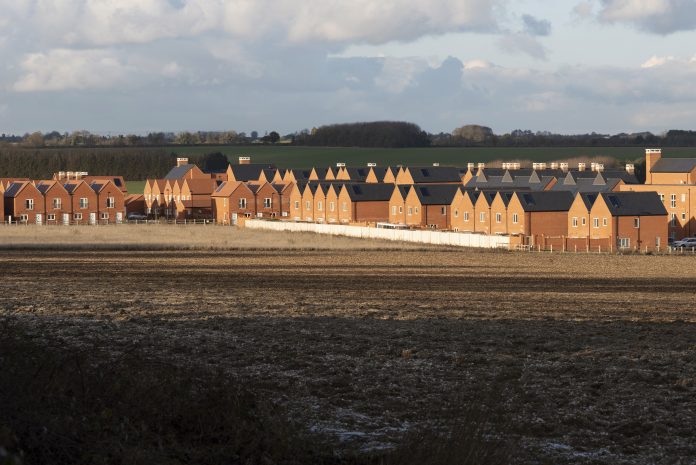A long-term projection of the sector, released to celebrate a decade of the Montague Review, suggests that UK build-to-rent will continue to increase
New analysis from the British Property Federation and Savills projects that UK build-to-rent homes will increase by five times their current numbers(76,800 to over 380,000) in the next decade.
The projection was created in collaboration with Get Living, who led the UK pilot BTR scheme in Stratford at the Olympic Village, and M&G.
The sector could be worth £170bn by 2032, driven by UK and overseas institutions
The projection shows that by 2032 8% of UK homes for rent will be purpose-built, up from 1.5% today.
The analysis predicts a continued evolution in the market, with single-family homes making up almost a fifth (18%) of BTR stock in ten years’ time compared to 12% today.
A decade after the Montague Review, as of Q3 2022, £30bn has been invested into the BTR sector, delivering 76,800 completed homes and a further 163,400 in the planning and delivery pipeline.
While the sector still represents a small proportion of new housing delivery, it is growing rapidly, with the number of completed BTR homes increasing by 14% year-on-year in Q3 2022.
The build-to-rent increase can be seen across the country
Local authorities across the country are now planning more effectively to deliver BTR homes, with 47% of local authorities now having BTR in their housing pipelines, versus just 20% in 2017.
Following the review, developers and investors initially focused on London, but since in the last five years there has been a shift towards other core UK cities, led by Manchester, Birmingham and Leeds. These cities are experiencing high population growth, along with a thriving professional sector and they have a need to attract and retain graduates and expand their workforce.
The project marks the ten-year anniversary of the Montague Review
Commissioned in 2012 by then Housing Minister Grant Schapps, the review was intended to remove barriers to long-term institutional investment into purpose-designed homes for rent.
Recommendations included the release of more land for development, standardisation of tenant’s rights and more support for BTR in national planning policy and Local Plans.
These recommendations were then adopted by government and are considered to have launched the modern BTR sector in the UK.
The Olympic Village in Stratford, designed as temporary accommodation for athletes competing at the 2012 London Olympic Games, became the UK’s pilot BTR scheme once converted into professionally managed rented accommodation and is now home to 7,000 residents.
The UK build-to-rent increase comes at a time of renewed demand for affordable housing
Ian Fletcher, director of policy, British Property Federation, said: “The Montague Review was a significant moment that gave birth to the Build-to-Rent sector as we know it today. Ten years on we can say the review achieved its core aim of unlocking long-term institutional investment into homes for rent, helping address the chronic shortage of quality housing in an and around town and city centres and serving as a catalyst for urban regeneration.
“The current market conditions underline that we must continue to diversify housing supply in order to drive economic growth, and the Government must continue to look at how planning reform, more support for local authorities and the release of land for development can enable the sector to continue its upward trajectory.”
Jacqui Daly, director of residential research, Savills, said: “When the Montague Review was undertaken in 2012 UK housing delivery was at its lowest level since the post-war period, and uncertainty in the lending markets post-GFC was suppressing delivery from traditional housebuilders. There are some parallels with where we are today, with Government suggesting it may abandon national housebuilding targets and rising interest rates set to cast a shadow over for sale market.
What is clear, is that the demand for high-quality, professionally managed homes for rent is only going to increase, not only for the core demographic of graduates and young professionals but for single families, couples and individuals at all life stages. This underpins our projection that we will see huge growth in the sector over the coming decade as institutional investors look at asset classes that can deliver sustainable returns and align with their ESG strategies.”














